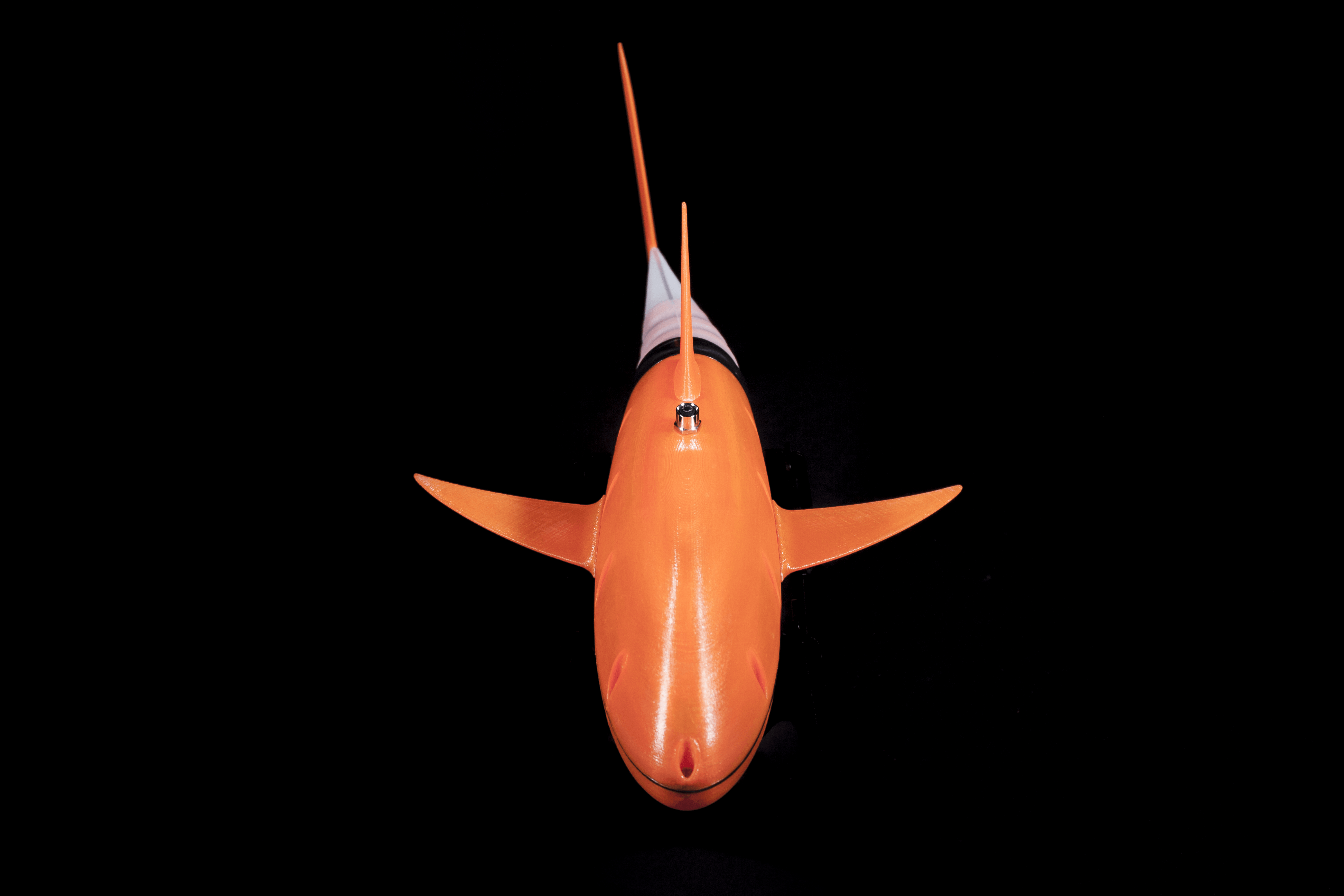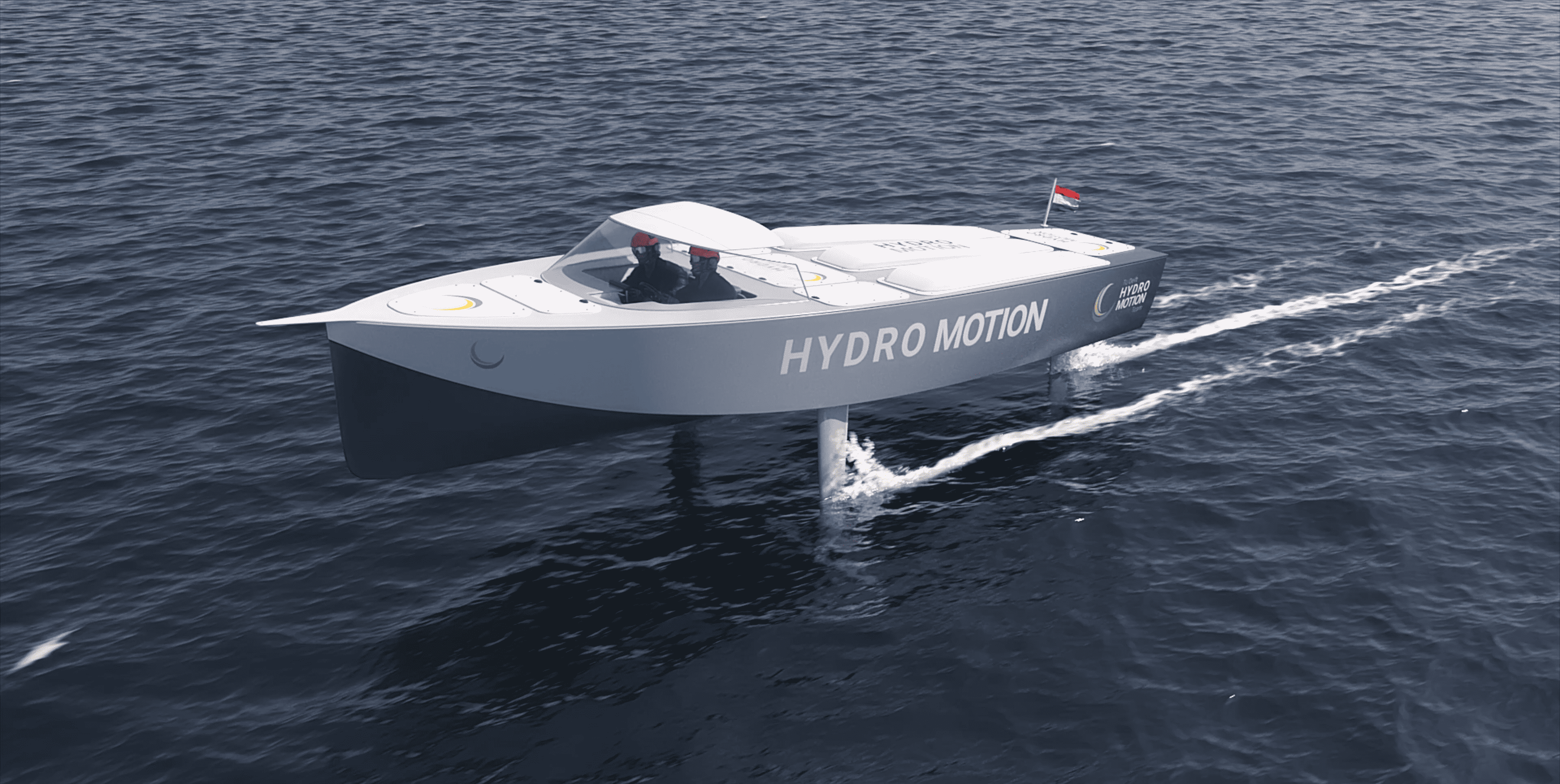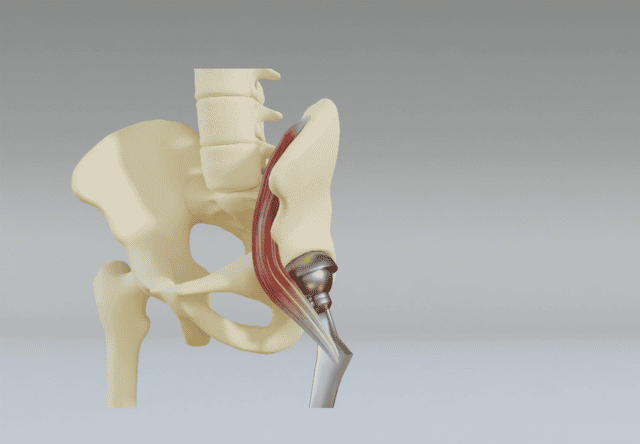
A TU Delft graduate student from Soft Robotics, Indu1strial Design Engineering, has created the fastest swimming flexible robotic fish. Mimicking the movement of real fish, the prototype is able to go as fast as 0.85 m/s. Which is at least 27% faster than what the previous record holder was able to accomplish.
It all started when Sander van der Berg was looking for a graduation project that would make a significant contribution to robotics. But also one that could be carried out within the brief time span that he had for it.
He found that opportunity in the topic of oscillating fin propulsion (robotic fish). It is a very promising field that is still in its early stages of research, which meant that there was plenty of potential for an innovative design within a relatively short time frame.
“After reading a few papers, I soon saw that there was room for improvement. Which I eventually managed to do using a single direct current (DC) propulsion system. This system is the first system that uses a single DC motor which can generate a higher number of the precise swinging movements that a robotic fish needs in order to move faster. This got its top speed up to 0.85 m/s,” said van Der Berg to Innovation Origins.
The previous record was held by Jun Zhong and his associates. His bionic robotic fish swam at a speed of 0.67m/s back in 2017.

The flexible robot was able to surpass this record speed by using a fluent S-shaped motion to swim, similar to how a fish flaps its fins and tail. The part that is is actively used for this is pulled from side to side by a single DC motor. Another section bends according to the resistance of the surrounding water.
Moreover, unlike conventional propulsion rotor blades, the whole system is watertight.
Building the underwater robot required printing rigid 3D parts, a sheet of plastic which was used for the compliant section and needed to be able to bend, plus a soft silicon skin which was used to make the hydrodynamic shape. In addition, computer modelling was used to program the precise movements of the fish.
According to the graduate student, this robot could achieve even faster speeds.
“The goal was speed and so a higher speed was accomplished. The system isn’t totally optimized as yet, so an even faster speed might still be achieved, probably with the same prototype,” said van der Berg.
“It is important to note how important it is that our fish is able to swim freely and that it is compliant. There are robotic fish out there that swim faster when they were attached to a rig, for instance. They can’t turn their heads, that’s why they can swim faster and better than if they were actually swimming around freely. The compliant design allows for a more fluent motion (more efficient) and uses a single motor (also more efficient, less costly and less complex). And what’s really of paramount importance – it doesn’t harm the environment it swims in. If it hits something, it will just bend,” he added.
Van der Berg has now left the project as he has since graduated. However, there is currently a new graduate student hired for the project and a new paper is on the way.
Moves Like a Fish
The way in which tuna swim was used foremost in the creation of the robot.
“Thunniform swimming is well documented as one of, or even the most, efficient forms of swimming. It uses vortexes to create a peak thrust at the back instead of a simple reactionary force. This is called a reverse Kármán vortex street.”

What also appealed in this research, was the fact that thunniform swimming activates only a small portion of the tail. This in turn allows a large portion of the body to be able to carry a load. “This means that practical applications are possible. The gearbox system we designed is also quite wide, which turned out to be similar in width to that of a tuna’s torso. All in all, it was not designed like a tuna, but its capacity to carry a load, its efficiency and speed made it look and act like a tuna.”
What is its contribution?
When discussing exactly what this prototype has to offer, van der Berg said that “there are many short term benefits. But the ultimate goal is to design a more efficient propulsion system as an alternative for most underwater rotor blade propulsion systems.”
He does see potential in the route that this work is taking.







